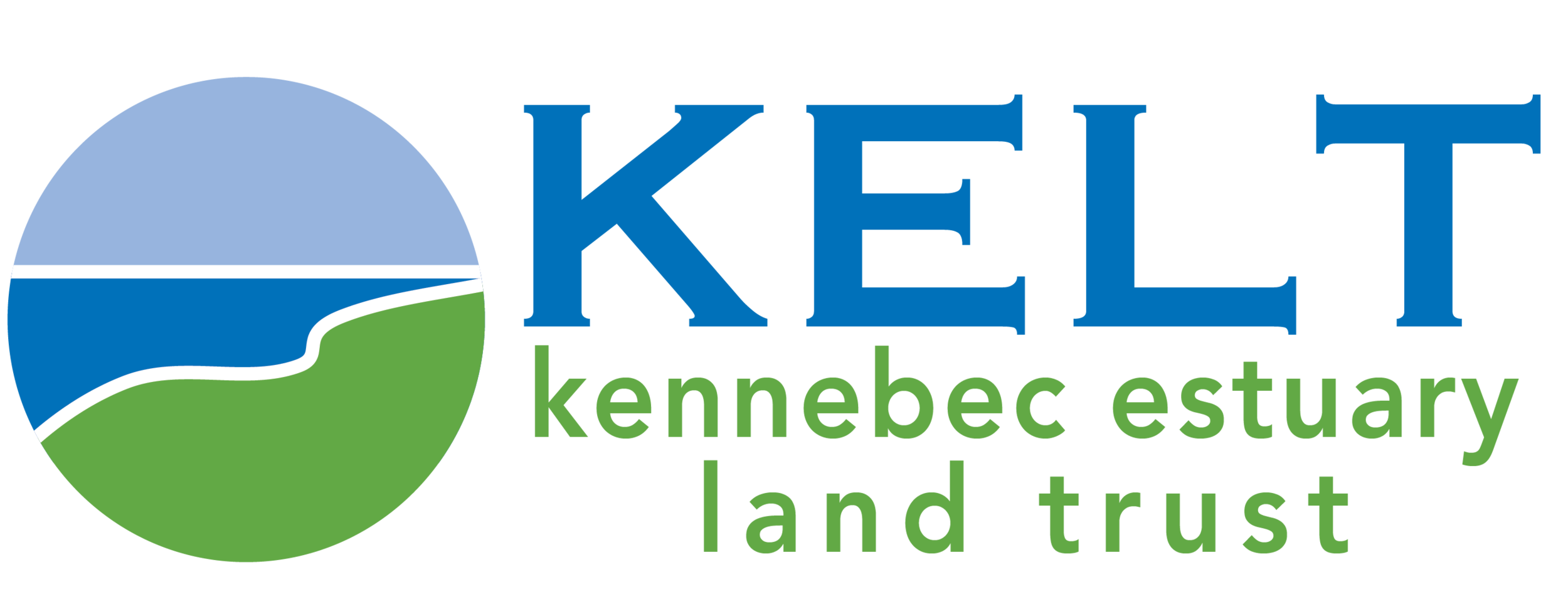Report your infestation
Before taking any steps to manage an infestation, make sure you have properly identified both the hemlock tree and the hemlock woolly adelgid itself. Direct treatment, especially with insecticides, can potentially hurt the tree or surrounding environment and should not be undertaken prior to an infestation. More information on identification can be found on the Identification and Prevention page.
If you have an infestation of hemlock woolly adelgid, please report it to the Maine Forest Service here.
First Steps
If you have a hemlock infested with hemlock woolly adelgid, your first concern should be preventing the pest from spreading to other trees, either on your property or elsewhere. Make sure that any bird feeders or bird baths are removed or placed far away from any infested hemlocks from April through the end of August, as this is when hemlock woolly adelgid is most commonly dispersed and birds often transport it to new locations. You should also ensure that any clothing or equipment that contacts an infested hemlock is thoroughly cleaned before being transported to another location.
Other recommendations by the US Forest Service and Department of Agriculture include:
DO NOT disturb shallow roots by digging or tilling.
DO NOT change the slope of the land near your hemlocks.
DO NOT change water runoff patterns around your trees. Moving downspouts or installing a patio can stress hemlocks.
DO NOT fertilize infested trees with nitrogen. Research has found FIVE TIMES the number of adelgids on nitrogen-fertilized trees than unfertilized ones.
DO NOT apply lime or weed killers to lawns within 10 feet of infested hemlocks.
DO keep hemlocks well watered during droughts. They are very vulnerable to low moisture conditions.
DO remove large heavily infested trees that serve as reservoirs for the adelgid.
DO consult with and hire licensed professionals for pesticide application and/or to develop a management plan.
Chemical-free management
Some hemlock woolly adelgid management can be done without the need for insecticides, which helps to limit the environmental impact of treatment for this pest. These strategies will help reduce stress on the tree and remove the adelgid. It is important to note, however, that these approaches are not guaranteed to succeed as long-term management strategies and may simply delay tree mortality. They include:
Pruning
Manual pruning of branches that have been infested and are dead or dying will promote tree health and can be used to treat localized infestations. Cutting should be done from August to February when adelgid spread is less likely. DO NOT remove cuttings from the site. To dispose of them, they should either be burned, drenched fully in soapy water, or left in the sun under a clear plastic tarp, though the latter is only successful when temperatures are at least 50° F during the day.
Water
Spraying infested branches with a strong stream of water periodically from April through July may help dislodge hemlock woolly adelgid from infested branches, killing them and reducing their population.
Chemical Management
Homeowners can do some insecticide treatment of infected hemlocks themselves, while other scenarios will require commercial applicators to be involved. The effectiveness of these treatments also varies, with some requiring repeat application and others providing longer-term protection.
One example of homeowner application are horticultural oil sprays, which can be found at hardware stores and are very effective when used properly. They also have minimal impacts on the surrounding environment. However, they require the entire tree to be drenched with the oil, so are only useful on smaller trees or shrubs. If used, dormant oils should be applied in late March or early April before buds appear and when the adelgids are in their crawler stage. Recommended application conditions are when temperatures remain above 45° F and conditions are not overcast or wet so that the oil can dry successfully. Treatments should be done at the start and end of the growing season, both for hemlock health and because these are when the adelgid is most vulnerable to this treatment. If using horticultural oils, ensure that they are labeled for control of hemlock woolly adelgid.
For larger trees or longer-term effectiveness, a licensed pesticide applicator and arborist must be consulted. Commercial spraying with foliar sprays works similarly to horticultural oils but, due to its wider range, can have a larger impact on the surrounding environment. Treatment with a systemic insecticide like imidacloprid can provide long-term protection through injection into or drenching of the soil around an infested hemlock, or through direct injection into the trunk of the tree. While soil injection does not damage the tree like a direct trunk injection, it can result in the insecticide moving through porous soil and into nearby bodies of water. Imidacloprid treatment has been shown to be effective for up to 7 years with just one injection, but also takes up to a year to reach the canopy in taller trees and will not be successful for trees that have already been severely infected, as their vascular system will not be able to spread it throughout the tree fast enough. Foliar sprays and treatment with imidacloprid (or similar) should always be done by a licensed applicator and not the homeowner themselves.
Additional Resources
Hemlock Woolly Adelgid Management (Cornell)
List of Licensed Pesticide Applicators
Silvicultural Options for Woodlot Owners

